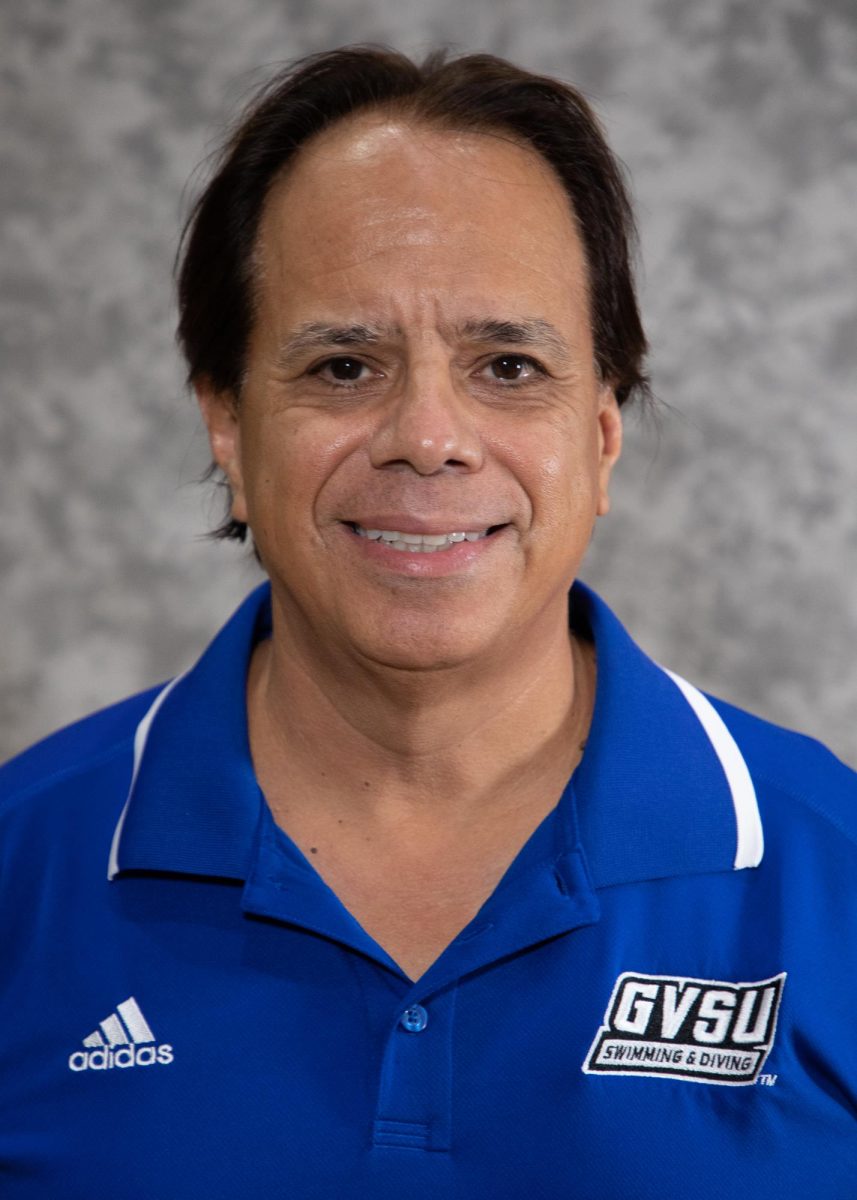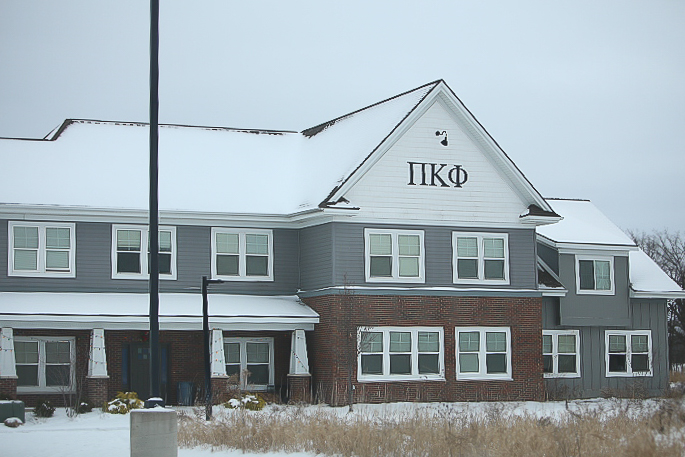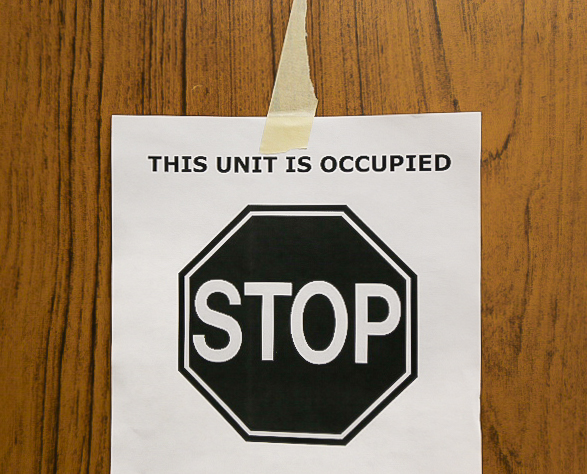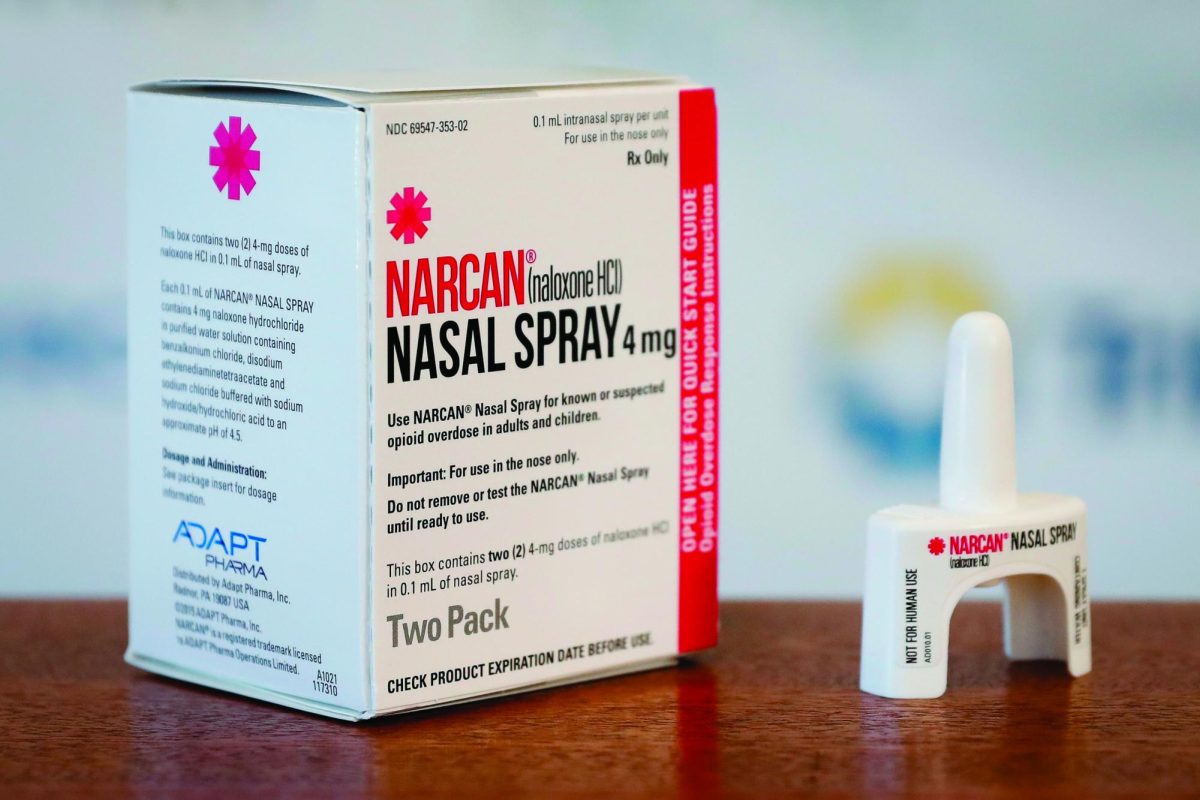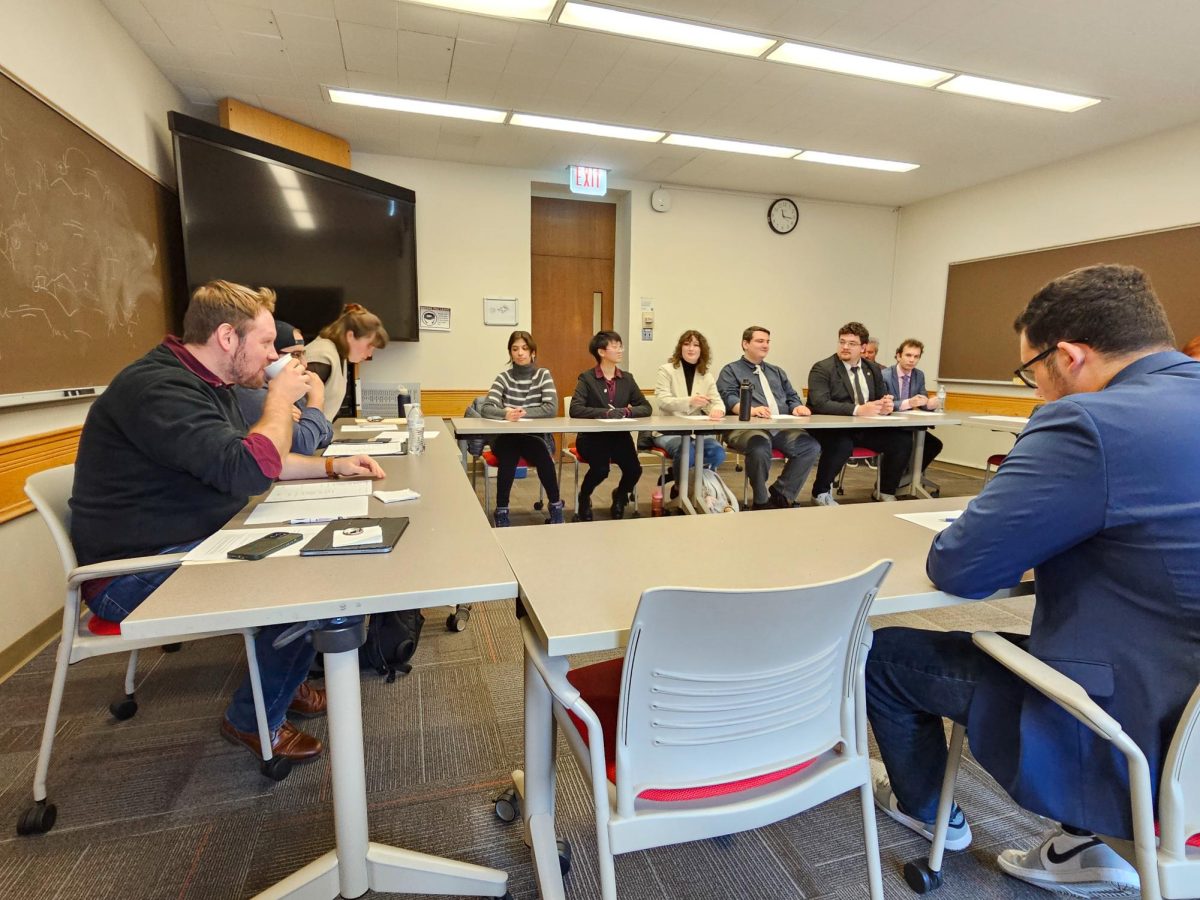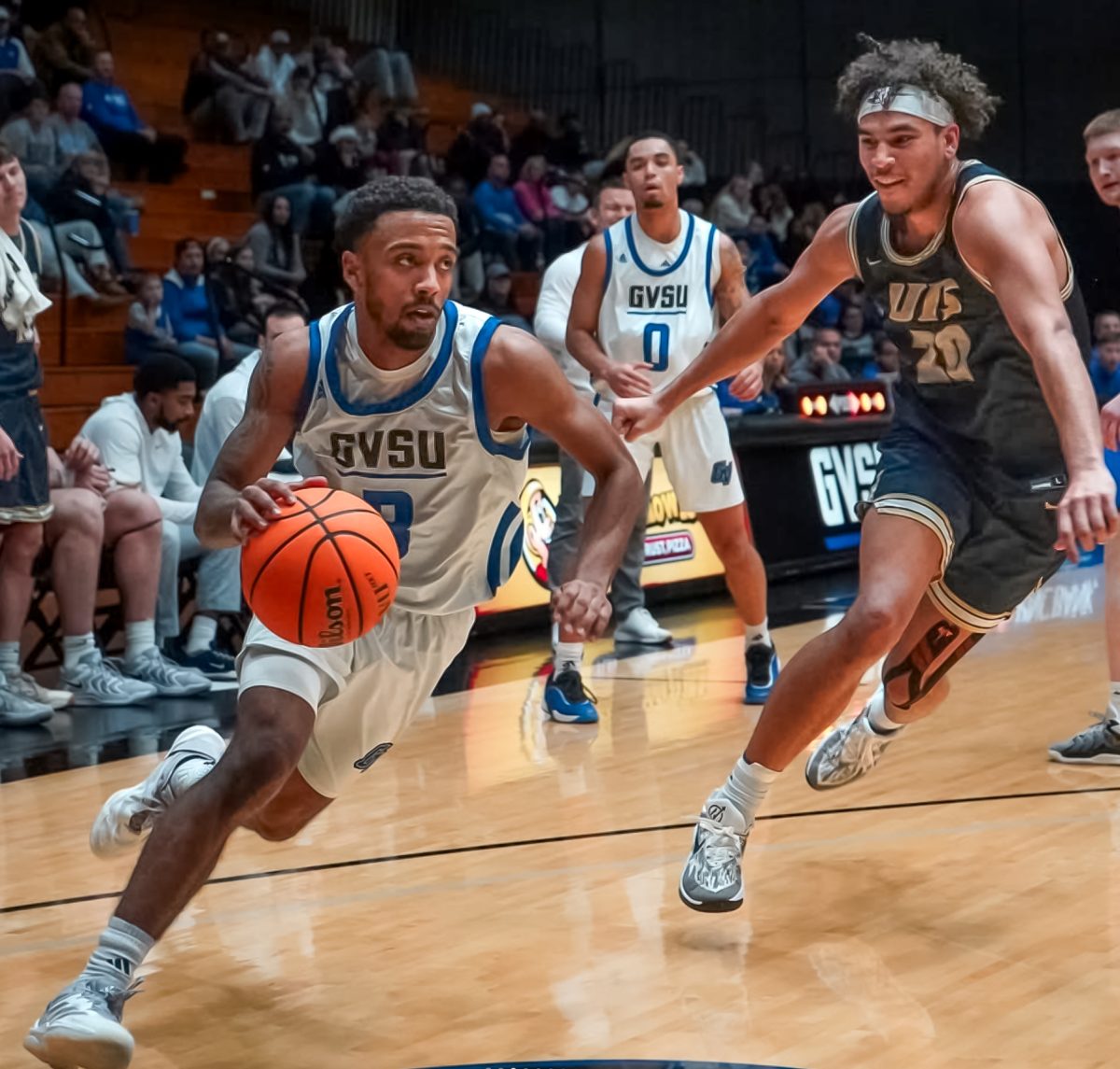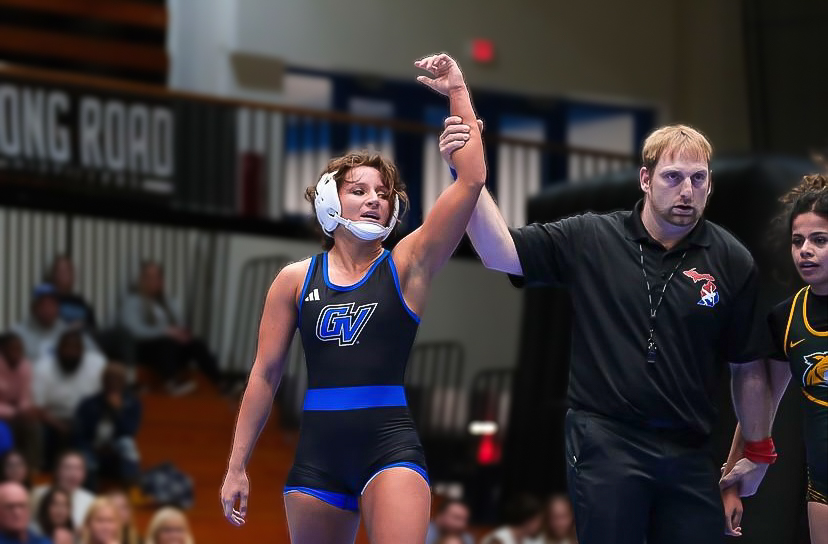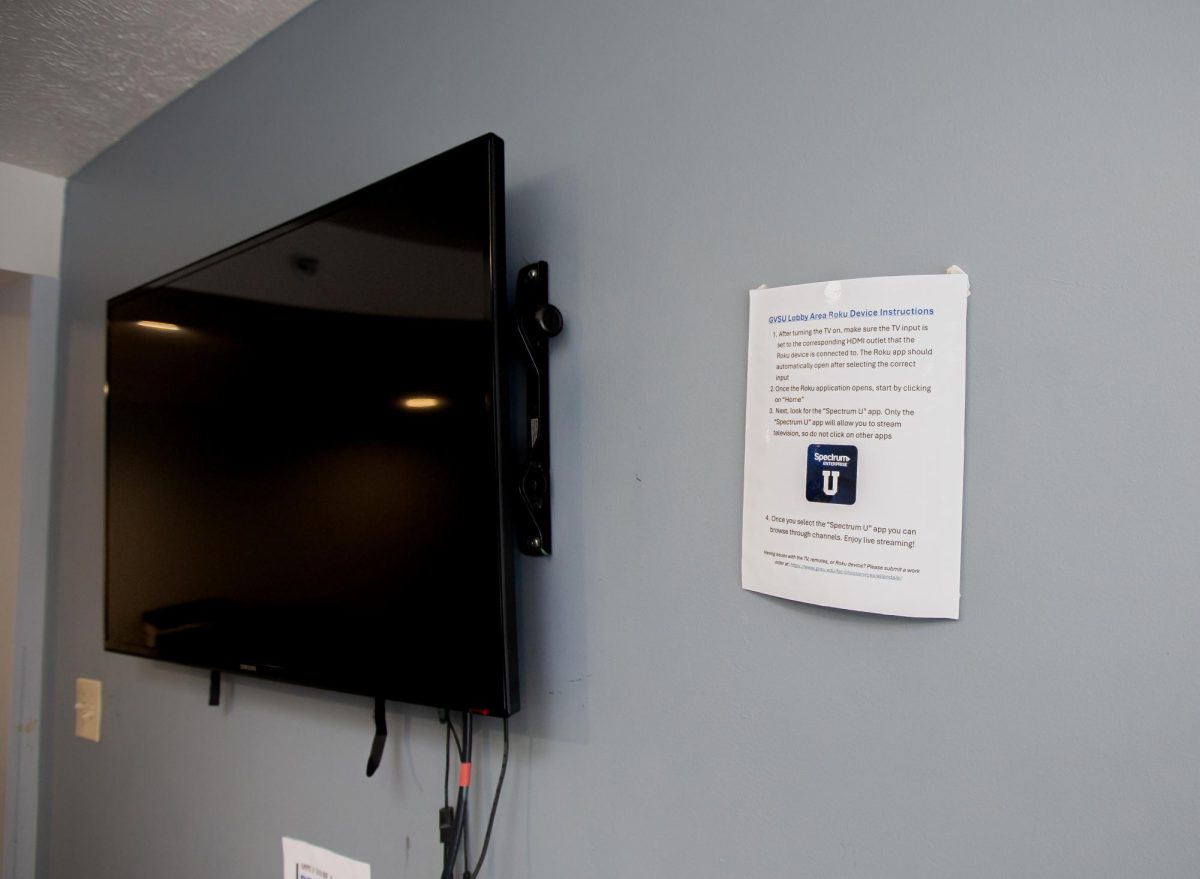Department of Movement Science to offer new “supermajor” Fall 2020
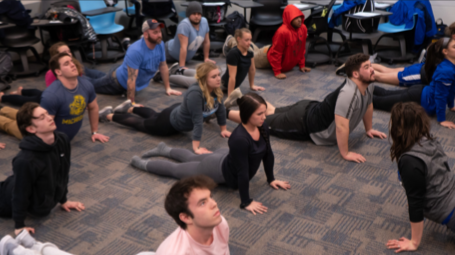
GVL / Ben Hunt
Mar 18, 2019
Grand Valley State University’s Department of Movement Science will offer a new, comprehensive dual major option to students beginning Fall 2020; coined a “supermajor” by Associate Professor Ingrid Johnson, this new option will allow students to earn degrees in both Health Education and Physical Education.
Students who fulfill requirements for the major will be certified to teach both health and physical education classes from pre-kindergarten through grade 12.
As a result of this new option, GVSU intends to add additional courses for students to take, including one that focuses on early childhood movement and another on outdoor education.
The Department of Movement Science also plans to add more fieldwork time with children of different age groups for all Teaching Methods courses. Currently, students in the Physical Education major have the opportunity to work with young children at the campus’ Early Childhood Center and with local high school students through Adapted PE.
Fifth-year physical education student Taylor Kastens said that she picked the major because of her “passion for sports and movement, as well as always wanting to become a teacher.”
As part of the curriculum, Karstens went to the Early Childhood Center to work with children on the Test of Gross Motor Development (TGMD-2).
“It was a great experience for me with practicing content we learned in class with real kids, but the best part was how much the kids loved it,” Kastens said.
All Physical Education majors at GVSU are currently required to have a minor. As Kasten’s minor is in School Health Education, she said that if the dual major had been offered previously, she would have wanted to do it.
“I think a comprehensive dual major in health education and physical education will be popular,” Kastens said. “Considering my minor is School Health Education, this is something I would have definitely pursued. In (physical education), many professionals are not certified in health, so I think this makes us, when we graduate, more marketable in our field because a lot of PE teachers also teach health.”
A 2012 New York Times article by Al Baker discusses a significant drop in physical education in schools through the decades. Baker cites a survey from the Centers for Disease Control and Prevention that finds that “nearly half (of high school students) said they had no physical education classes in an average week.”
The article largely attributes this development to budget cuts; one elementary school mentioned in the article did not even have access to a gymnasium facility and relied on classroom aides to oversee physical education activities on the playground.
Despite district financial problems that may limit physical education classes in primary and secondary schools, the U.S. Bureau of Labor Statistics foresees employment of high school teachers rising eight percent by 2026.
According to Johnson, GVSU typically sees between between 10-15 graduates with degrees in physical education each year.
“We are one of the larger PE teacher training programs in the state of Michigan,” Johnson said. “(Many are shutting down) and are very proud of our students and program. We have a nearly 100 percent job placement rate (for those grads who want to get teaching jobs).”




